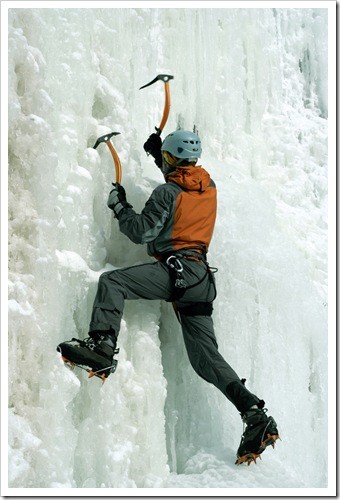
It is no surprise that snow, ice and freezing weather can create problems for people. Slips and falls abound, for one thing. Those who like to indulge in winter sporting activities, however, are far more likely to receive injuries, especially if they have not conditioned their bodies in advance.
Skiing, skating and tobogganing can all lead to muscle spasms, strains or tears in those who aren’t physically prepared. Those of a less sporty disposition can experience problems clearing snow from the yard, or in similar activities, and even walking outdoors can create problems if the body is not properly insulated and the muscles are not warmed up, especially in the elderly. Colder temperatures cause less blood to flow to the extremities in order to keep the core warmer. This means muscles work less efficiently and injuries are more likely.
Properly warming up your body is therefore even more important before embarking on any exercise or sport in cold weather. This applies to both outdoors and indoors, if the temperature inside is also low. The following should provide a basic guide to warming up in various sporting endeavors:
- Skiing: Perform 10 to 15 squats, legs shoulder width apart, knees aligned over your feet. Lower your buttocks as you bend your knees out over your feet, then push up to standing again. Slowly does it.
- Skating: Several lunges, adopting a moderately advanced step forward with one foot, letting your back knee lower towards the floor. Keep your shoulders positioned over your hips, and repeat with your other foot.
- Tobogganing: Sitting or lying on your back, bring your knees to your chest for 30 seconds several times to guard against compression injuries caused by the shocks of bouncing down bumpy slopes.
- Cooling down is also important during and after winter exercise and sport to restore and maintain flexibility.
When shoveling snow, the following guidelines should help to protect your musculoskeletal system:
- Plan your shoveling so you don’t rush it; listening to weather forecasts will help, especially if you have to shovel before leaving for work.
- Wear several layers of clothing to keep your muscles warm and therefore flexible.
- Warm-up exercises can help prevent shoveling injuries, which particularly affect your shoulders, upper back, lower back, buttocks and legs.
- Push the snow straight ahead of you and carry it to where you want to dump it. Throwing it somewhere left or right involves potentially damaging twisting motions.
- Take some of the strain away from your back by bending your knees when shoveling and lifting the snow. Your leg and arm muscles are more able to cope with strain than your back.
- Take regular breaks to rest your muscles, but don’t get too cold in between.
- Any chest pain, excess fatigue or shortness of breath is a sign you should stop and possibly seek medical attention.
After finishing the job, although you’ll have no doubt had enough of the cold, applying an ice pack to any sore area will ease the pain. Keep it on there for 20 minutes before removing it for a couple of hours. Repeat twice a day for a couple of days. Any pain, strain or soreness that lingers beyond what you’d naturally expect may indicate a visit to your doctor of chiropractic is in order.
For Your Health,
Dr. Steven Longcor
